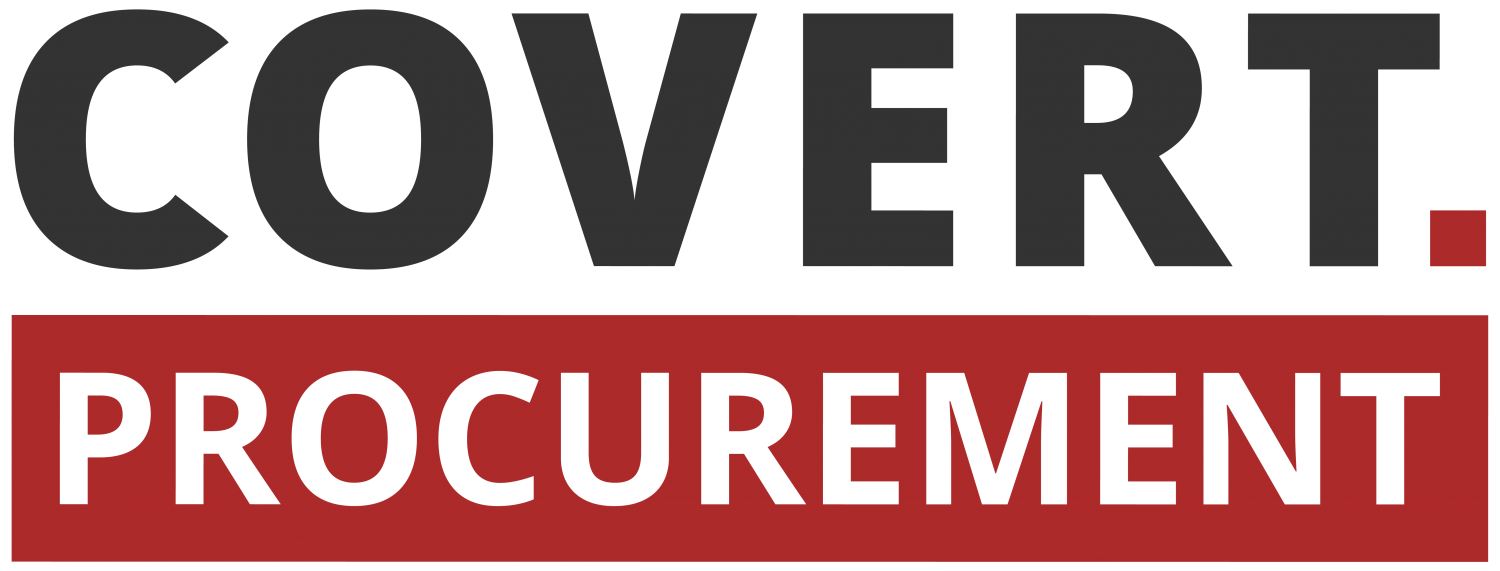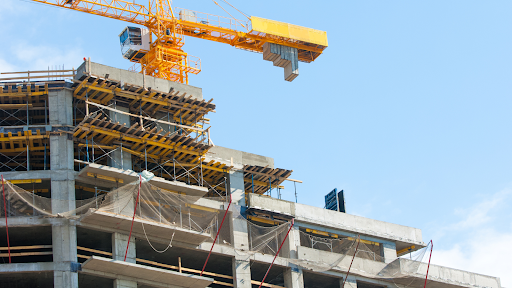What Australian Standards Govern the Manufacturing of Formwork Plywood?
Formwork plywood serves as temporary moulding for concrete structures across Australian construction sites. The primary manufacturing standard for formply in Australia is set by AS 6669, which defines specific requirements for both F14 grade plywood and F17 grade plywood products.
Key Requirements of AS 6669
The standard specifies several essential criteria that manufacturers must meet:
- Minimum thickness tolerances
- Bending strength values
- Moisture resistance levels
These requirements ensure consistent performance in concrete pouring applications whenever you purchase formply. Additionally, AS 6669 addresses various aspects that impact durability, including:
- Lamination processes
- Adhesive types
- Surface treatments
Enforcement of AS 6669 Compliance
Codes of Practice enforced by SafeWork NSW and similar state authorities reference compliance with AS 6669. These agencies conduct workplace inspections to verify that suppliers of formply in Australia are providing certified materials that meet structural load requirements and safety benchmarks for manufacturing operations involving formwork plywood.
How Does AS/NZS 6669 Define the Requirements for Formwork Plywood?
AS/NZS 6669 requirements specify that plywood formwork standards must meet precise structural and durability benchmarks. The standard defines the lamination process, requiring multiple veneer layers bonded with phenolic resin to create panels capable of withstanding concrete pressure loads.
F14 plywood must achieve a minimum bending strength of 14 MPa, suitable for standard residential applications, while F17 plywood requires 17 MPa for heavier commercial projects. The standard mandates specific criteria for load-bearing capacity based on panel thickness, span distances, and support spacing.
High-density overlay (HDO) benefits include enhanced moisture resistance and extended reuse cycles—typically 50-100 pours compared to 10-20 for untreated panels. AS/NZS 6669 specifies a minimum face veneer thickness of 1.5mm and requires edge sealing to prevent delamination. Moisture content must not exceed 12% at manufacture, ensuring dimensional stability during concrete curing.
What Certifications Should Builders Look For When Buying Formwork Plywood?
When buying formply in Australia, builders must verify AS 6669 compliance certification from the manufacturer or supplier. This documentation confirms the product meets the structural and safety specifications required under Australian Standards. Certified formwork plywood should display clear markings indicating grade, manufacturing date, and compliance stamps.
Supplier certification proves the manufacturer maintains quality control systems throughout production. Product traceability allows builders to track materials back to their source, which becomes essential during audits or if defects emerge on-site. Reputable suppliers provide test certificates showing load-bearing capacity, moisture resistance ratings, and lamination quality results.
WHS compliance documentation demonstrates that the formwork plywood meets workplace health and safety requirements. Builders should request:
- Manufacturer’s declaration of conformity to AS 6669
- Third-party testing certificates from NATA-accredited laboratories
- Chain of custody documentation for material traceability
- Safety data sheets outlining handling requirements
How Certified Formwork Plywood Can Improve Safety and Structural Reliability on Site
Certified formwork plywood eliminates ordinary concrete pouring failures, such as surface defects, honeycombing, and premature formwork collapse. Products meeting safety standards and formwork plywood requirements deliver a consistent load-bearing capacity, preventing dangerous structural failures during the curing process.
The structural reliability of certified concrete form plywood extends to proper integration with LVL formwork systems. When plywood formwork is certified, contractors can accurately calculate load distributions across mixed-material assemblies. This precision matters particularly for plywood curved concrete forms, where stress points require exact specifications.
Certified concrete plywood reduces on-site modifications that compromise structural integrity. Workers can trust manufacturer specifications for installation spacing, bracing requirements, and reuse cycles. This confidence streamlines construction timelines while maintaining the safety standards formwork plywood demands for high-rise and infrastructure projects.
Why Is It Important to Verify Compliance and Documentation Before Using Formwork Plywood?
Verifying compliance and documentation protects builders from legal liability and prevents catastrophic site failures. The WHS Act 2011 mandates that duty holders must identify hazards, assess risks, and implement control measures when using formwork plywood—making documentation verification a legal requirement, not an optional step.
Non-compliance with AS/NZS 6669 exposes projects to significant risks and consequences. Structural failures during concrete pours can result in worker injuries, project delays, and substantial financial penalties. When you verify compliance formply before installation, you’re ensuring the material meets load-bearing specifications and moisture resistance standards that prevent premature failure.
Documentation for formwork plywood should include:
- Manufacturer’s compliance certificates
- Test reports confirming AS/NZS 6669 specifications
- Product traceability records
- Installation and handling guidelines
Without proper verification, substandard formwork plywood may appear adequate but fail under load, creating hazardous working conditions and compromising the integrity of the concrete structure.

